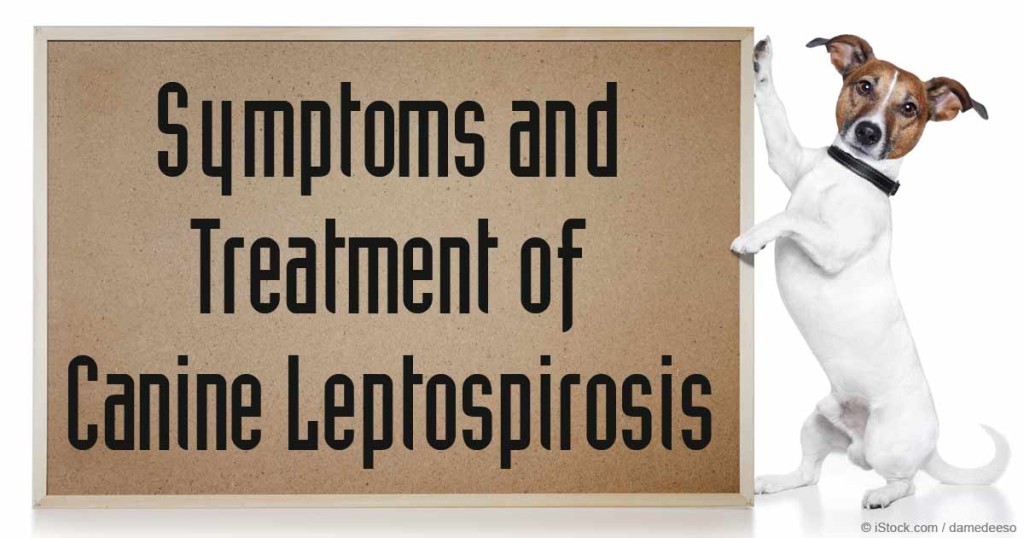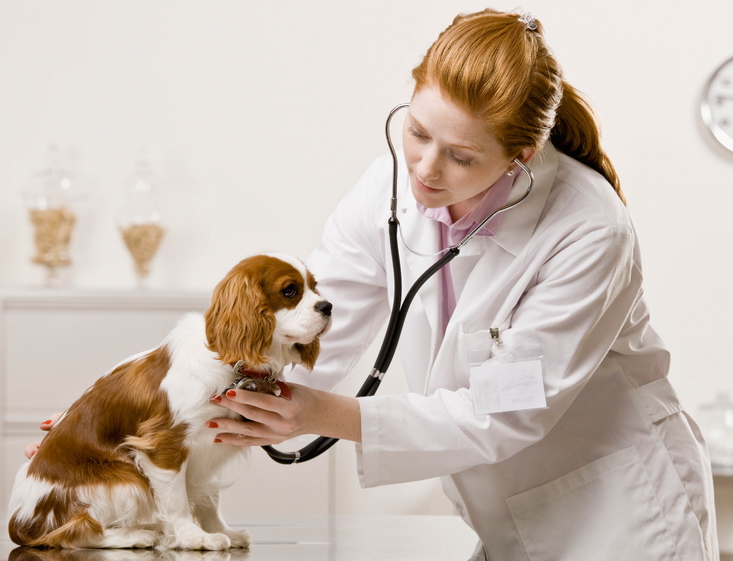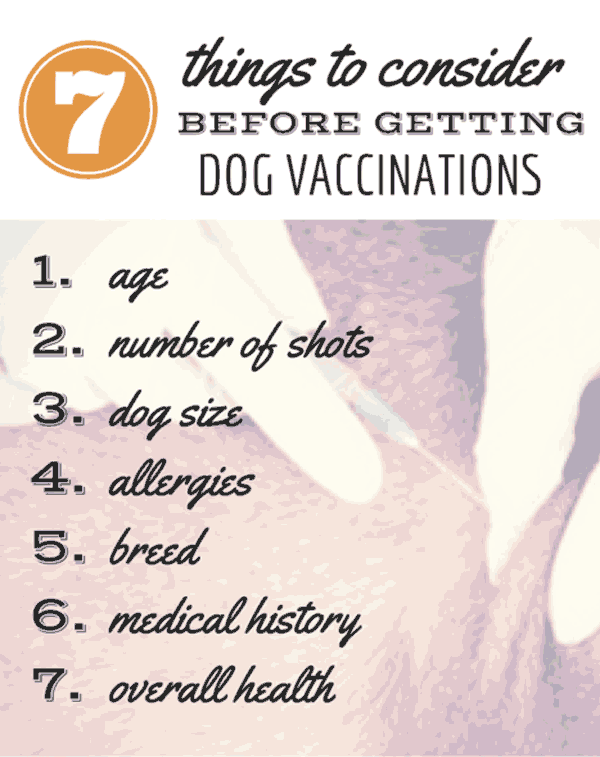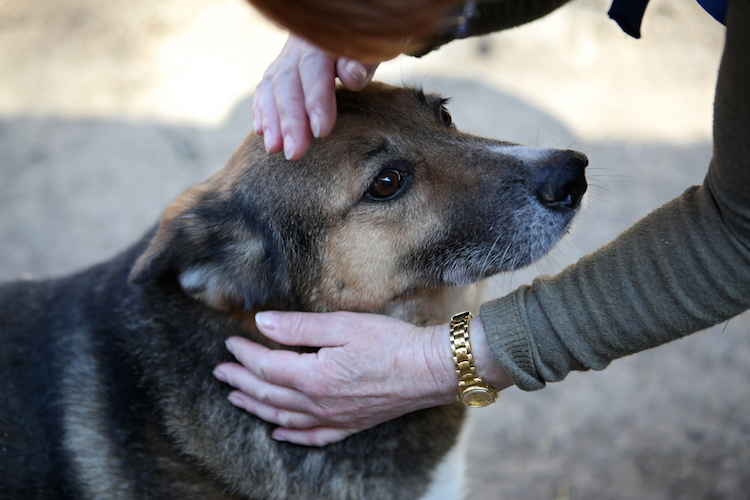
Did you know that a bacteria that can take your dog’s life is possibly lurking in your neighborhood? Donald “Gerritt” Stulp didn’t know either. His tragic story prompted me to write this to help educate us. What is Canine Leptospirosis, who is at risk, what are the symptoms and what can we do? But first, Gracie Lou’s story.
The Tragedy of Gracie Lou

The beautiful Gracie Lou Photo credit: Gerritt S.
It all started when I got an email from Gerritt. He’d been advised on Facebook to reach out to me for help in connecting with an organization that might assist him with his really high vet bills. His nine year old Jack Russell Terrier love of his life, Gracie Lou, was deteriorating rapidly at an animal hospital in Grand Rapids, MI., and Gerritt was very distraught and didn’t know what to do. Just days earlier, he’d brought Gracie into his local vet for her vaccinations. At that time, Gracie was what seemed to be a very healthy, active dog. His vet, who will remain nameless, recommended Gracie Lou be given the new L4 vaccine to prevent Leptospirosis. Gerritt, trusting of his vet like many of us, said ok. A cursory examination of Gracie was done – a look at her gums, palpating parts of her body. There was no discussion of pros and cons nor of the risks involved.
Gracie was given the shot. Within a week, she was in renal failure, and rushed to a well-known veterinary hospital. Gracie rapidly became unresponsive, her lungs filling with fluid. After doing everything they could for her, a couple of days later, Gerritt made the decision to put Gracie Lou to sleep. Devastated he’d so suddenly lost his baby girl and frightened of the financial ramifications of what he’d just experienced (having to put $5,000 down on his credit card to begin treatment, with only a small Social Security Disability Insurance monthly allowance), Gerritt needed answers and he needed help.
How could this previously healthy dog decline so rapidly?
Gerritt agreed to let me tell his and Gracie’s story for a couple of reasons. First and foremost, he doesn’t want any more pet parents losing their babies to this vaccine. He asked me to inform people about this disease, the vaccine and to always ask questions of our vets. He wished he’d asked more of them. Also, and I offered this, I wanted to see if I could raise money to help Gerritt pay his exorbitant vet bills. Like us, he’s a loving dog parent who’s grieving and trying to cope with his very difficult financial situation. He still has no definitive answers as to why Gracie Lou got so sick, despite a necropsy and more post mortem tests the labs are doing. Maybe we can ease some of his pain.
(This link has been deleted).

Gracie Lou’s shrine Photo credit: Gerritt S.
Now, let’s get educated on this deadly disease and our options to protect and care for our pups.
What exactly is Leptospirosis?

Canine Leptospirosis bacteria
Leptospirosis is a zoonotic bacterial disease with a worldwide distribution. It is an emerging infectious disease in humans and in dogs (as well as in over 150 mammalian species), and zoonotic means it can be transferred from dogs to humans. The Leptospira bacterium are thin, motile (capable of motion) spirochetes with a hook-shaped end. Spirochetes are spiral bacterium that literally spin around by their tail. Most are harmless and found in nature. But, the Leptospira and the Borreia, which causes Lyme’s Disease, are harmful.
There are 230 different species of the Lepto spirochete, but eight of them are known to cause disease in dogs (and, more rarely, cats). They are: Leptospira icterohaemorrhagiae, L. canicola, L. grippotyphosa, L. pomona, L. bratislava, L. automnalis, L. bataviae, L. hardjo and L. grippotyphosa. The first four are the most common ones that infect dogs. (www.2ndchance.info) Common carriers of the organism include raccoons, opossums, rodents, skunks, and dogs.
Leptospirosis is serious business, causing liver and kidney damage and often failure and death, if not caught and treated very early. Clinical signs of leptospirosis in dogs relate to development of renal disease, hepatic (liver) disease, uveitis (inflammation of the pigmented layer of the eye), and pulmonary hemorrhage.
“The leptospirosis organisms rapidly advance through the bloodstream leading to fever, joint pain, and general malaise. Because the organism settles in the kidneys and actually reproduces there, inflammation and even kidney failure may develop. Unfortunately, liver failure is another common sequela to infection. Kidney and liver failure both have deadly consequences.” (www.VetStreet.com)
Who is at risk of contracting Leptospirosis?

“It is no longer uncommon to find leptospirosis among canine companions in both urban and suburban environments, and the infection rate for domestic pets has increased in the U.S. for several years,” says Carrie White, DVM, DACVIM, Animal Medical Center, New York City. (www.leptoinfo.com) Day care, dog parks, romps in the backyard, camp grounds and routine walks are all potential places for our pups to pick this up. Add to that anyplace there is a water source or standing water puddles, moist soil, the urine or other secretions of an infected animal, farm animals and wildlife. So, who is at risk? Any dog can be at risk. It’s scary, I know, but I think it’s far better to be educated than ignorant, in case one day, the info you read here could save a life.
“The disease is most common in places around the world with mild or tropical climates. In the United States, it is seen more frequently in states with heavy rainfall. Winter conditions lower the risk, because leptospira do not tolerate the freezing and thawing of near-zero temperatures. They are killed rapidly by drying, but persist in standing water, dampness, mud and alkaline conditions.” (www.2ndchance.info). In the U.S., summer and fall are the peak times of year.
I’ve never thought about leptospirosis, have you? I barely heard of it, and certainly had no idea of how dangerous it was. “In the United States, there are 78 million owned dogs that are running, sniffing, eating, and drinking on nearly 4 million square feet of land every day. As pet owners, we usually don’t stop to consider that this land is home to millions of creatures that are potentially infected with leptospirosis, a bacterial disease that threatens the health of our canine companions every time they go outside. Regardless of location, just a few minutes outdoors can put dogs at risk of stepping in a wet spot contaminated with Leptospira.” (www.leptoinfo.com)
That leads us to…

What are the symptoms of Canine Leptospirosis?
“Infection of dogs with leptospires results in illness of varying severity, depending on the infecting strain, geographical location, and host immune response. Some dogs display mild or no signs of disease, whereas others develop severe illness or death, often as a result of renal injury.” Journal of Veterinary Internal Medicine (www.onlinelibrary.wiley.com).
Symptoms include:
- Fever (early on in the illness)
May be accompanied by:
- Chills
- Generalized muscle tenderness
- Reluctance to move, due to that tenderness
- Vomiting
- Diarrhea
- Loss of appetite
- Lethargy
- Depression
- Blood in the urine
- Abdominal pain
A dog going into acute renal failure could present with:
- Polyuria (production of abnormally large volumes of dilute urine)
- Sometimes it can present with abnormally small amounts of urine produced or no urine being produced, as well
- Abnormally great thirst
- Dehydration
- Signs of liver failure like jaundice is also a possibility, depending on how far along the disease is
Other reported manifestations include:
- Conjunctivitis
- Inflammation of the uvea (the pigmented lining of the eyeball)
- Rapid breathing, shortness of breath due to acute respiratory distress syndrome
OR a combination of these signs. (Journal of Veterinary Internal Medicine/www.onlinelibrary.wiley.com).
“Leptospires spread throughout the entire body, reproducing in the liver, kidneys, central nervous system, eyes, and reproductive system. Soon after initial infection, fever and bacterial infection of the blood develop, but these symptoms soon resolve with the reactive increase of antibodies, which clear the spirochetes from most of the system. The extent to which this bacteria affects the organs will depend on your dog’s immune system and its ability to eradicate the infection fully. Even then, Leptospira spirochetes can remain in the kidneys, reproducing there and infecting the urine. Infection of the liver or kidneys can be fatal for animals if the infection progresses, causing severe damage to these organs. Younger animals with less developed immune systems are at the highest risk for severe complications.” (www.PetMD.com)
Because any of these symptoms could mean a hundred different things, some easily treatable and others more serious, for me, I would put testing for Leptospirosis on the list of things I’d have my vet look at if my dog was in distress. And, maybe I’m a little nutty this way, but when my dog isn’t feeling well, if it doesn’t clear up in 24 hours, I’m taking them to the vet.
Vaccinating against Leptospirosis, its risks and the treatment for the disease:

Here’s where it gets into a bit of a grey area. There’s a new vaccine and a treatment available to us. Neither are foolproof. Here’s one of the things that makes it tricky.
“Prevention of leptospirosis via vaccination is complicated by the fact that Leptospira interrogans has more than 200 subtypes that can cause illness in animals and people. The available vaccines protect against only a handful of the most common subtypes that infect dogs, which limits their protective value.” (VetStreet.com)
Vaccines:
The original vaccine created was the L2, which protected against two strains of Lepto, but recently, the L4 vaccine was introduced, here in the U.S., by Zoetis/Vanguard. The L4 protects against the four most common bacterium causes of Canine Leptospirosis (Leptospira canicola, L. grippotyphosa, L. icterohaemorrhagiae, and L. pomona).
Vanguard’s recommendation for this vaccine is to give to healthy puppies over 6 weeks of age, in two doses, 3-4 weeks apart, with a booster one year later. Vanguard also recommends not giving it to pregnant or nursing bitches. However, the American Animal Hospital Association’s Veterinary Practice Guidelines, a 40+ page document that is the “bible” of veterinary practice, recommends administering not earlier than 12 weeks of age, and only to dogs with “reasonable risk of exposure.”
The Lepto vaccine is considered a “non-core” vaccine, meaning it isn’t one of the ones deemed essential by the World Small Animal Veterinary Association (WSAVA). Of the leptospirosis vaccine, the WSAVA states: “Vaccination should be restricted to use in geographical areas where a significant risk of exposure has been established or for dogs whose lifestyle places them at significant risk.” Notice that word “significant” crops up twice in one sentence.
Why? Because vaccines can pose risks, to even healthy dogs. With the L4 vaccine, it’s been found that small dogs sometimes suffer anaphylaxis, a severe, systemic allergic reaction to the vaccine, which can prove fatal.
What this means is Ask questions of your vet. Make sure:
1) You dog is at greater risk for contracting leptospirosis, based on where you live or their lifestyle
2) Your dog is healthy enough to receive the vaccine(s). Ask your vet to run blood and urine tests to determine that your pup’s liver, kidneys and other organs and functions are in good shape. Always better safe than sorry.
3) Ask your vet what symptoms to look for if your dog is having a reaction to the vaccine, and what reactions would necessitate you bringing them immediately to a doctor.

Treatment:
If a Lepto-infected dog is diagnosed early, the prognosis is very good. Fortunately, many common antibiotics will kill leptospira. Penicillin, tetracycline and erythromycin all work well, but doxycycline is considered a go to, because it seems most effective in preventing dogs from becoming silent carriers of the disease organism in their kidneys, after recovery. (www.2ndchance.info). A 2-week course is what’s usually indicated. If the dog is a bit further along, but still not in renal failure, they may need to be hospitalized with IV fluids for the dehydration and more aggressive measures to counteract the damage done by the bacteria.
Another view:
There is an growing international contingent of veterinarians and dog parents who think vaccines of all kinds do more harm than good. Catherine O’Driscoll is the founder of Canine Health Concern. She’s written two best-selling books on canine vaccination and their side-effects, after first becoming interested in the subject after three of her dogs died after being vaccinated. O’Driscoll believes animal vaccination is ‘fraud’ and accused vets of ‘scaremongering’ in order to sell vaccines.
She said, “The new four-way leptospirosis vaccine is causing severe side-effects in dogs. It is deemed a ‘non-core’/optional vaccine by the World Small Animal Veterinary Association (WSAVA) Vaccine Guidelines Group. The WSAVA tells us that the leptospirosis vaccine should only be used if there is a serious disease threat. Even then, experts on the WSAVA Vaccine Guidelines Group have stated publicly that they would not use the vaccine and that it causes unacceptable adverse effects.”
O’Driscoll is also associated with The Pet Welfare Alliance, an international organization dedicated to acting as a watchdog for what they call “the poorly legislated pet products industry.” This page within the site, whereby vets speak about vaccines, is well worth reading. I urge you to investigate. http://www.petwelfarealliance.org/vets-on-vaccines.html
Summary
So, what do we do? That’s a personal decision which, at best, is made based on research about the disease, the vaccine and treatment, talking with your vet who knows your dog and thoughtful contemplation of what’s best for your dog. There’s no easy answer; I wish there were. It’s scary any time I have Sophie or Jasper vaccinated. For us, living in South Florida which seems a perfect climate for the leptospira to flourish, it is sobering. Do we confine our dogs? No. We don’t stop living. But now, I have some knowledge, so I’ll be more aware of any changes in the dogs and I won’t wait to get them checked out.
I hope this post was informative and that you now have a basic awareness about leptospirosis. I welcome comments and questions; I feel like we’re all in this learning about it together. If there are any vets or very knowledgable people on this subject, would love your thoughts and additions to the conversation. Thinking of you, Gracie Lou and Gerritt.
Other sites worth exploring:
General broad view of lepto: http://pets.webmd.com/dogs/canine-leptospirosis
Overall comprehensive info on canine leptospirosis: http://www.2ndchance.info/leptospirosis.htm
On Titer Testing and WSAVA vaccine guidelines: http://www.petwelfarealliance.org/vaccine-research.html
Do you know about Leptospirosis? Share your knowledge & questions with us!





































